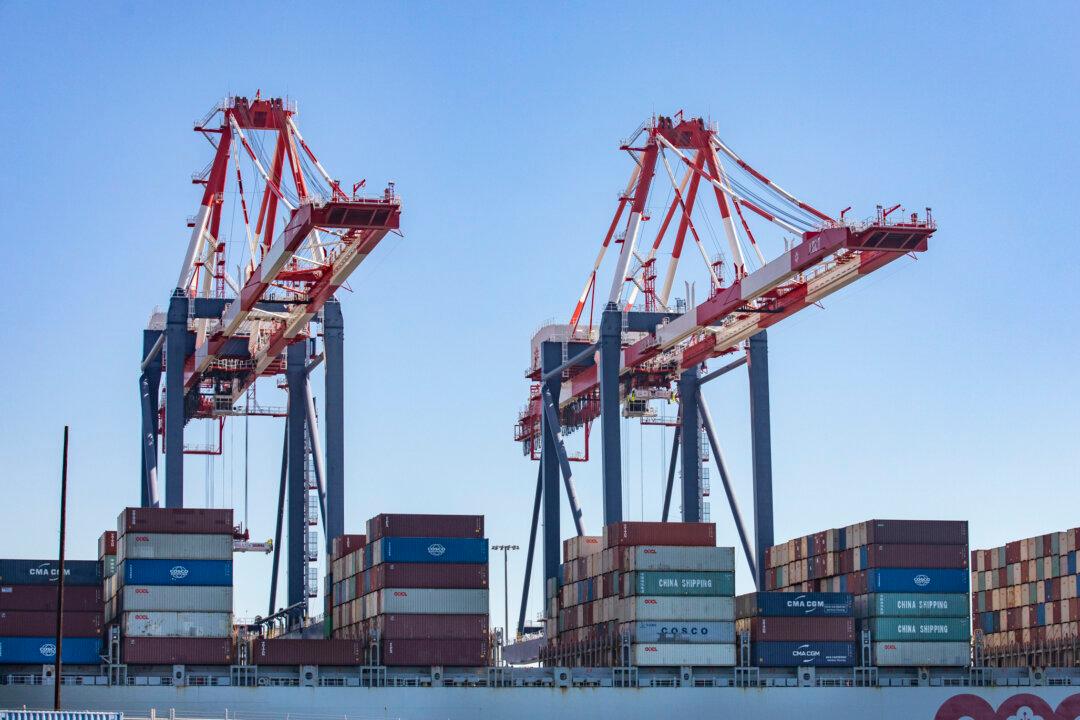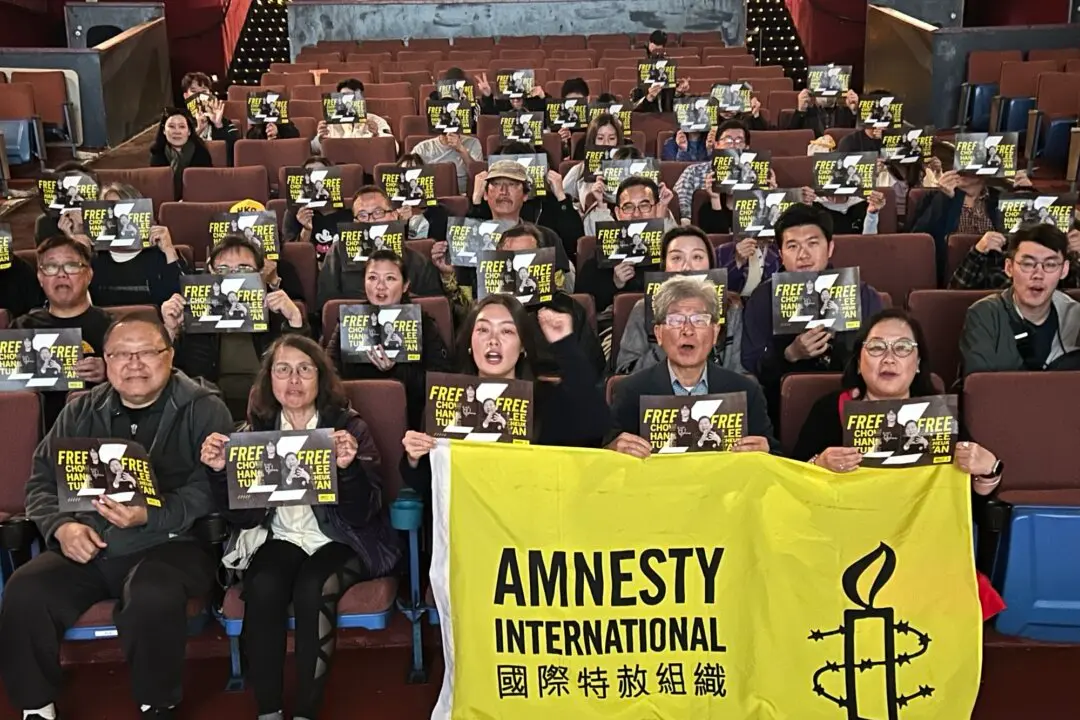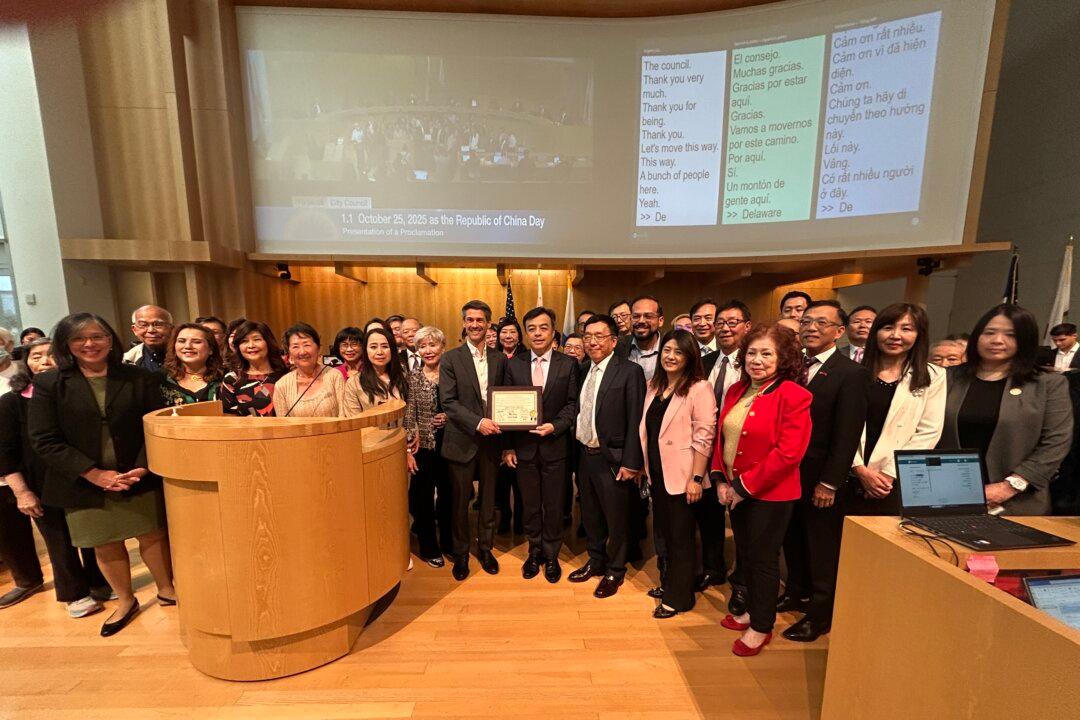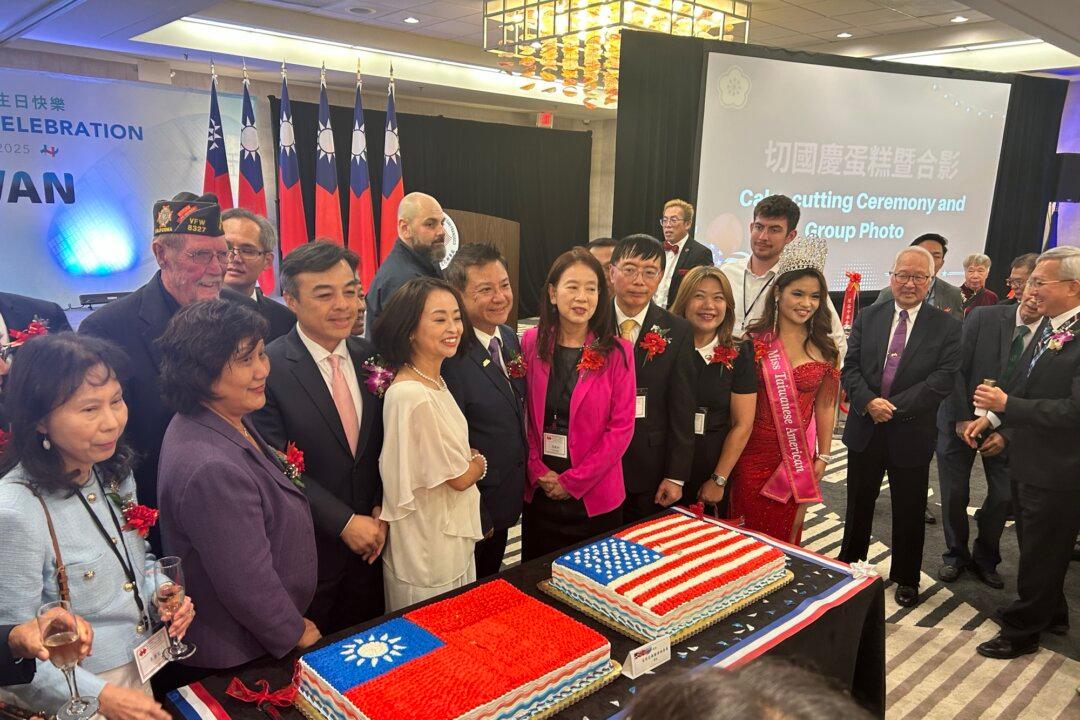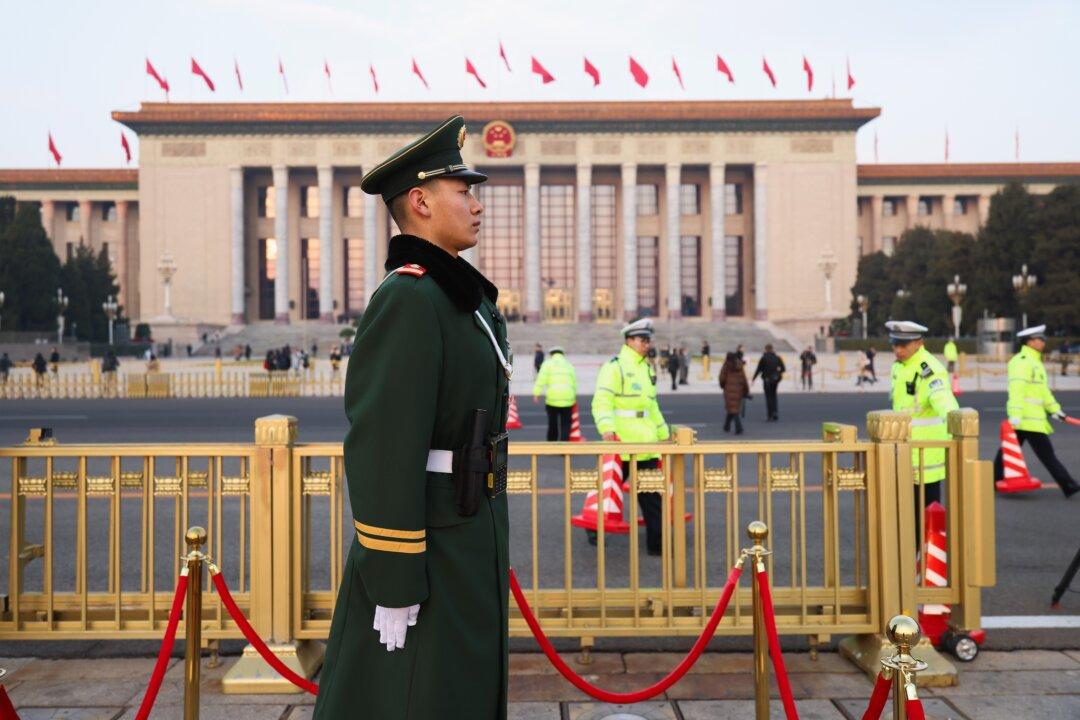The quantities of cargo containers waiting to be delivered at the Port of Long Beach have experienced close to a 40 percent drop compared to a peak in late October. The ease of the supply chain bottleneck is attributed to a combination of efforts made by private citizens and the city government.
“Cargo aging at the port is now down 37 percent, which is a major improvement,” stated Richard F. de la Torre, community information officer of Long Beach City Development Services in a Dec. 8 email.
